Finding Your Way Around Urban Decay Photography
Every once in a while in photography, you may come across something so interesting and unorthodox that it can be a real challenge. Today, we want to explore urban decay photography. If you’re not familiar with this unusual genre, it’s basically taking pictures of abandoned places, primarily old and rotted buildings. If this seems a bit grim, think again!
This genre is actually very captivating, but, to be sure, it mostly appeals to a hardcore bunch of enthusiasts. You can call it an acquired taste, in that sense.
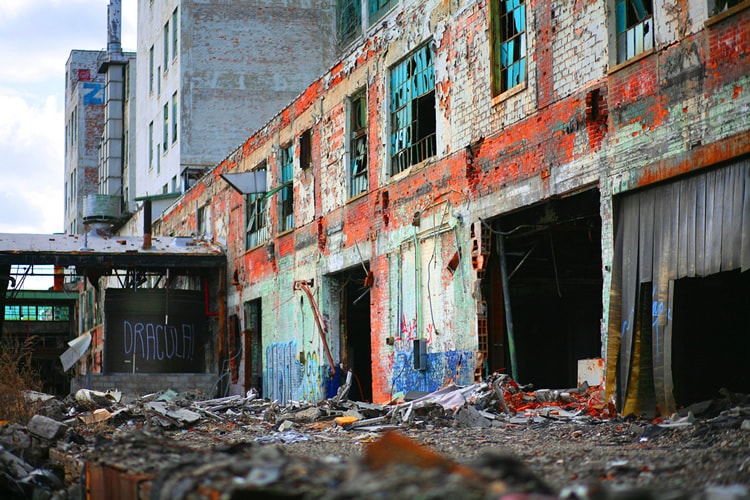
photo by Ray Dumas
Urban decay photography’s more than just getting the urge to go exploring in some abandoned buildings and shooting to your heart’s content. Besides safety issues, there are also best practices that you should follow to get the most of this genre.
Lighting Issues
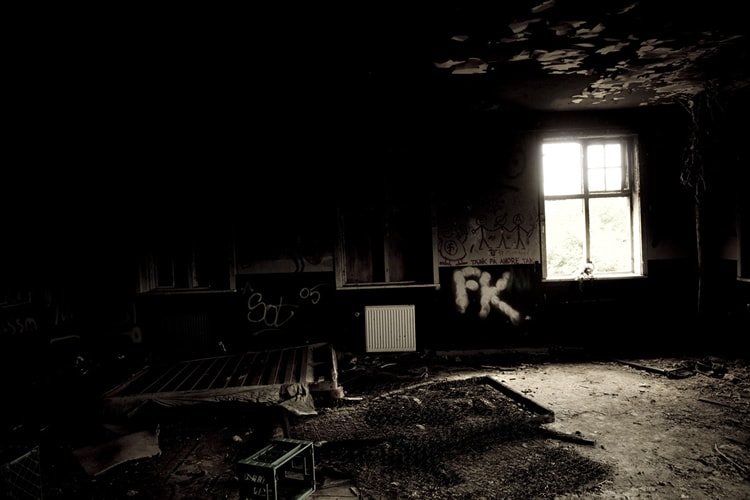
photo by Nick Price
The abandoned buildings that will be your haunts for urban decay photography don’t have much or any light, so bring your own flashlight. While a flashlight is the most basic type of lighting accessory you should bring, you can even do one better to really help the quality of your shots.
If you have the opportunity, bring along a head-mounted light instead. This makes it all the easier to see where you are stepping as well as crawling around.
As a bonus, you’ll obtain a unique kind of off-camera lighting through either a flashlight or a head-mounted light. Both types of lighting can produce an aspect of movement to the lighting. The result? An unorthodox mix of shadows that you just can’t get with a simple flash! Definitely worth checking out.
Use a Wide-Angle Lens
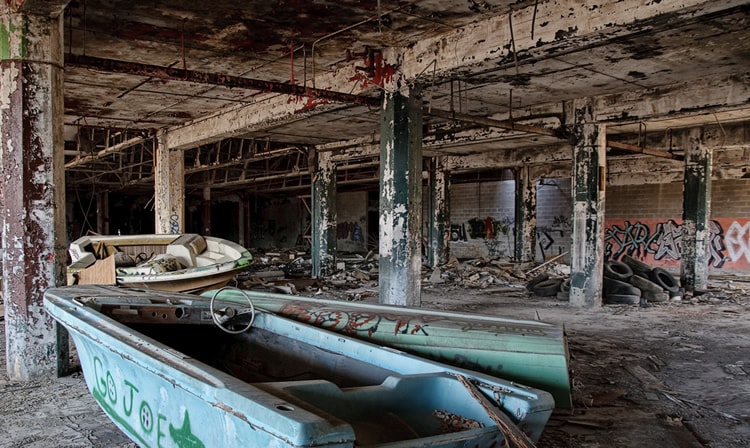
photo by Bob Jagendorf
You’d be surprised at how well urban decay photography takes to wide shots. Sure, you’ll have a good number of shots inside old, rotting buildings that are characterized by cramped and tight shooting conditions. However, sometimes, you’ll also have the chance to take shots in wide open spots like underneath bustling, highway overpasses.
So confidently use the widest lens you have (but pick your spots wisely), and then step back to frame your shot. You will be pleasantly surprised at how showing the scene all at once can sometimes offer the nicest composition!
There’s Something About That Tripod
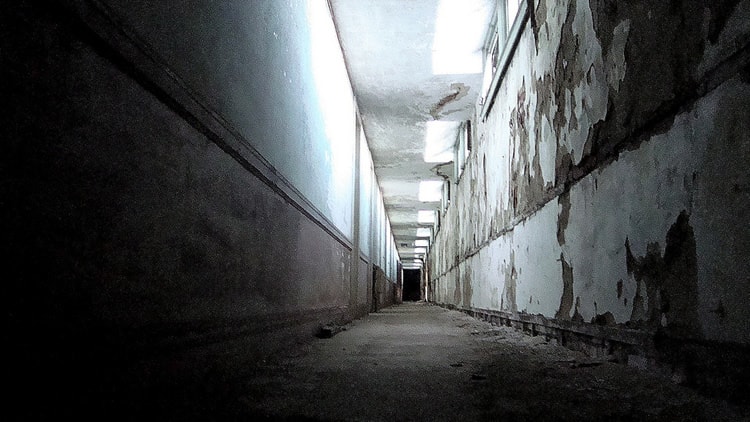
photo by 826 PARANORMAL
You’ll need a tripod when traipsing around the insides of old, decaying buildings because of the absolutely unenviable lighting conditions. This is the case even if the building you’re in should have a bunch of windows that let in some light. Some light isn’t sufficient to create a good shooting opportunity.
A tripod is something you’ll be thankful you brought along since it lets you obtain the right exposure. We recommend that you go with a long exposure ranging from just a couple of seconds all the way to between 20 and 30 seconds. As a bonus, your tripod can even be useful to help you create bracketed shots, just in case you want to, later on, dabble in some HDR experiments.
In the unadvisable situation where you don’t bring along a tripod for whatever reason, you can still have a backup plan. Rely on fast lenses and image stabilization to do the trick for you, but it’s definitely a best practice to have a tripod with you on urban-decay shots.
Nighttime Shooting
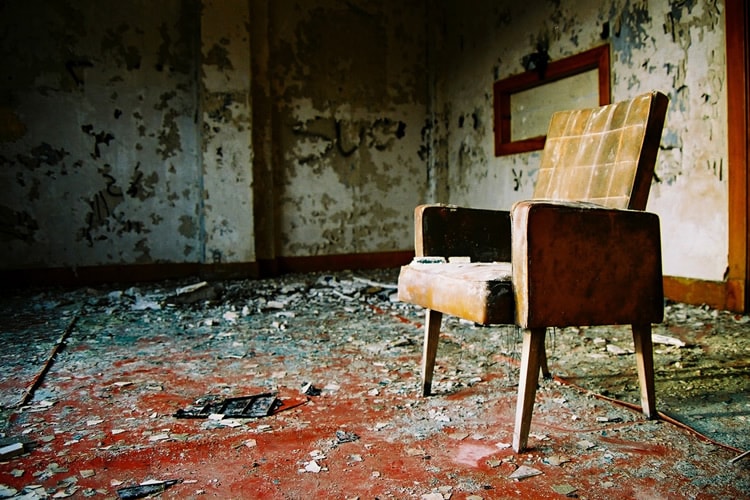
photo by Gilles k.
If you want truly unique shots – and, mind you, you’re already engaging in very unique photography when shooting abandoned and old buildings – then go at night. The ambiance that your shots will enjoy at night is incomparable. Shooting anything at night always instantly provides a surreal sort of look, so when you combine this time with scenes of urban decay… the results will be quite staggering, to say the least.
Layers of mystery and grime in your urban-decay pictures are just some of the benefits of taking shots at night. It should go without saying that, because of the absence of light at night, you’ll need a tripod more than ever. While you’re at it, you may as well bring along a cable release, too, just to effectively deal with any camera shake.
Play up the Mood in Your Shots
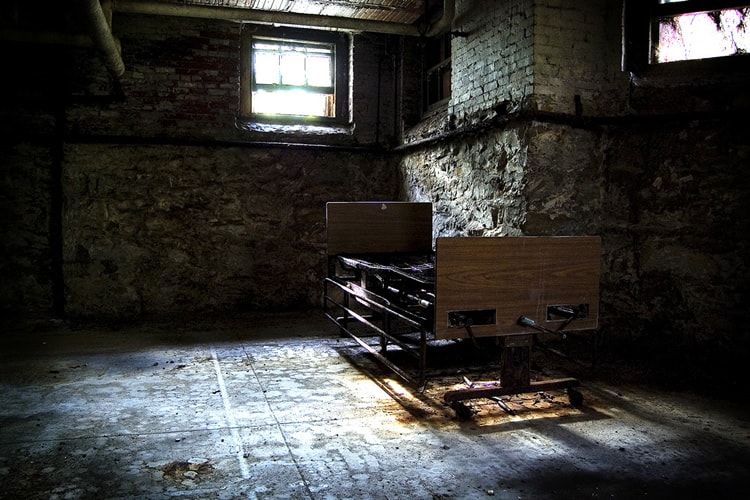
photo by Jason
Stunning photography comes down to the mood of the shot you’re trying to evoke, and urban decay photography lends itself to playing around with the mood of the locations.
Think of it: These old and abandoned buildings are just oozing with character and personality… just in a darker and grimmer sort of way. That’s the mood you want to play up to really help tell the stories of each unique place.
Shoot from unconventional perspectives and angles to really highlight the character of these old buildings. Here are some ideas:
- Shoot upward to exaggerate the hugeness of a room
- Shoot at an angle to stress the sense of disorientation
Remember: You want to tell the story of the old building that you’re shooting. To do this, it helps enormously to even subtly change up the angles from shot to shot in order to play up the mood.
Safety First!
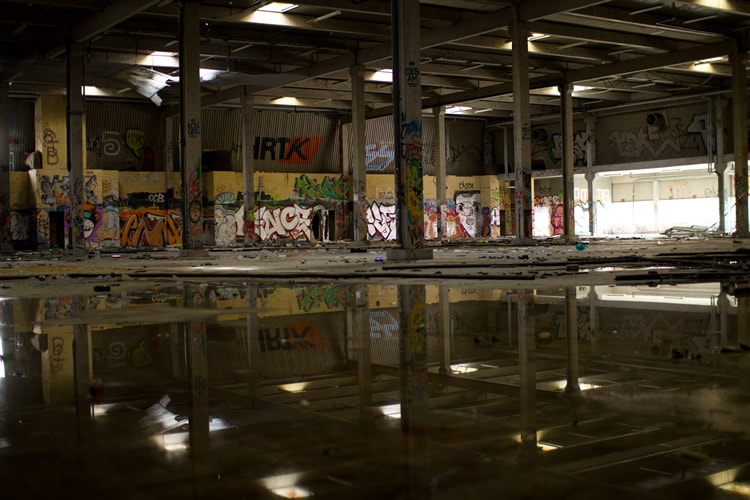
photo by Pelle Sten
It goes without saying that taking shots in old buildings means you have to be extra cautious due to the poor lighting and dilapidating environment all around you. Here’s what to do in urban-decay environments:
- Wear long pants with boots
- Tuck your pants into your boots
- Wear some gloves
- Bring along insect repellant
Follow these simple-to-implement safety rules, and you’ll drastically reduce the chances of injury in any old building you’re in.
Will This Become a Favorite Shooting Location?
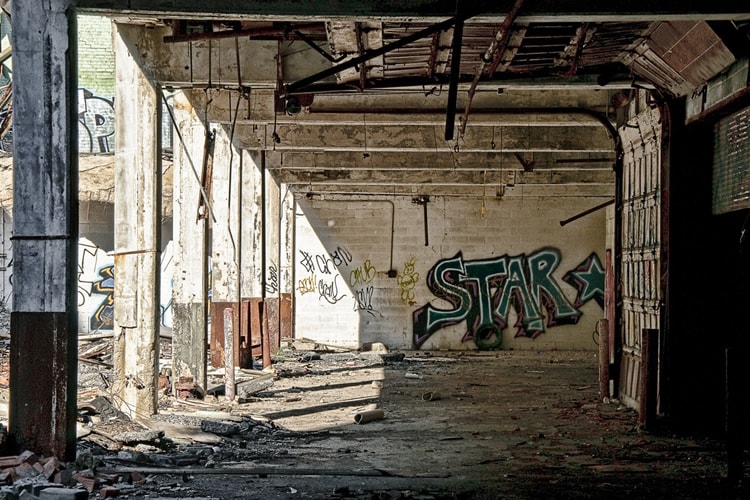
photo by Bob Jagendorf
As with everything in photography, you’ll only know if you’ll like it if you try your hand at it. Urban decay photography is definitely not for everybody because there are inherent dangers involved, surrounding the potentially unsafe areas in which you’re shooting.
However, if you take care to follow all precautions and exercise basic common sense, you should be fine. Of course, you’ll still have to tackle the challenges of shooting in low-light situations, but figuring out how to overcome them is half the fun!
So get out there and tell the stories behind these old and abandoned buildings and places. Your camera can once again bring to life these sites that both people and seemingly time have forgotten.
